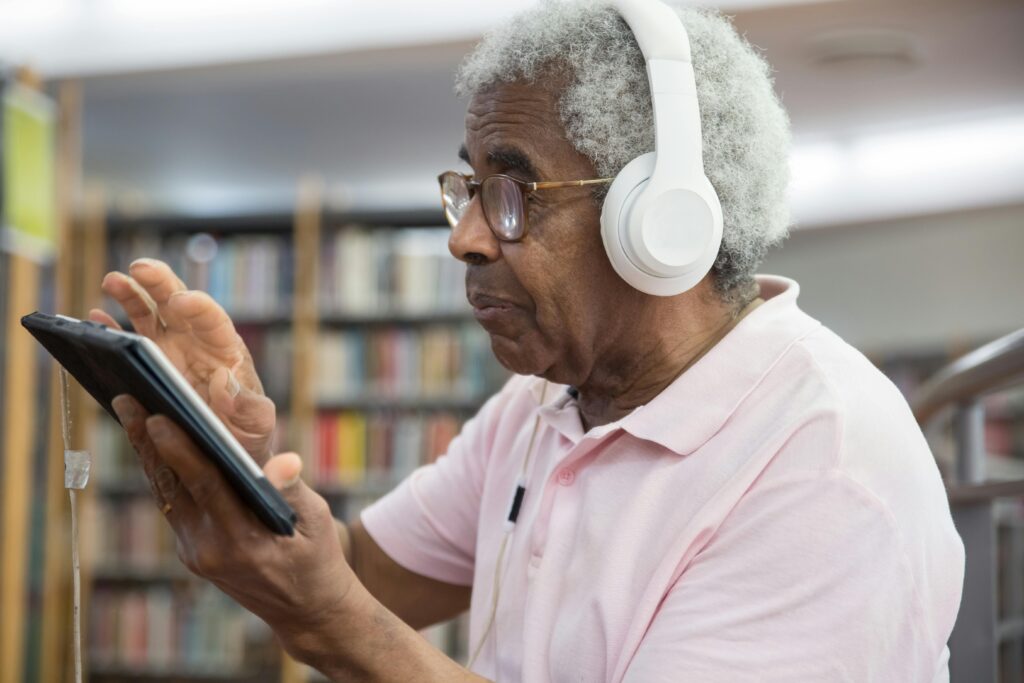Sponsored by accessiBe
Imagine a world where the internet is a welcoming space for everyone, regardless of their abilities. That’s the future accessiBe is tirelessly working to create. Committed to breaking down digital barriers, accessiBe is at the forefront of making online environments universally enriching and inclusive for all.
The Evolution of Web Design: Inclusion at the Forefront
Web design has come a long way from its early days of text-heavy pages and limited interactivity. Today, it’s not just about aesthetics or functionality; it’s about creating spaces where everyone feels at home. Inclusion should be no longer an afterthought; it’s a guiding principle that enriches the online experience for all users.
As we strive to be a more connected world, the need for inclusive design becomes increasingly urgent. It’s about ensuring that the Internet serves its true purpose as a global platform for interaction, collaboration, and community. This shift towards inclusion doesn’t just benefit those with disabilities; it elevates the experience for everyone, making the web a more intuitive and enjoyable place to explore.
accessiBe’s Role in Making Web Accessibility Accessible for Everyone
When it comes to championing an inclusive digital world, accessiBe stands as a pivotal leader. From the AI-powered accessWidget that dynamically adjusts web content to accessFlow, an all-in-one platform for testing and monitoring web accessibility, each tool from accessible is designed with the end-user in mind. These aren’t quick fixes but integral components of a broader ecosystem of solutions aimed at making the web more user-friendly and intuitive.
AI: The Catalyst for Next-Gen Accessibility
- Automated Testing: AI tools can perform automated accessibility testing on websites, identifying issues that may not be apparent to human testers. This ensures that websites are more accessible to all users.
- Content Adaptation: AI algorithms can adapt web content in real-time to suit the needs of individual users. For example, changing text size or contrast for visually impaired users.
- Voice Recognition: AI-powered voice recognition technologies like Google’s Voice Access allow users to navigate the web using voice commands, making it more accessible for those with motor impairments.
- Natural Language Processing (NLP): AI can interpret and transcribe spoken language into text.
- Visual Recognition: AI can describe images and videos, providing alternative text descriptions for those who cannot see them. This is crucial for making multimedia content accessible.
By integrating AI technologies, businesses can not only enhance the user experience for people with disabilities but they can also ensure legal compliance, making the web a more inclusive space for everyone.
Building Trust and Loyalty Through Inclusive Design
When businesses prioritize inclusion in their web design, they’re not just meeting standards. They’re building a brand that resonates with a broad audience, including those with disabilities. Other tangible benefits include:
Enhanced User Experience: A website that everyone can navigate makes the experience enjoyable and encourages users to keep coming back.
Brand Credibility: Being accessible isn’t just good PR; it’s a mark of a socially responsible brand
These benefits aren’t just theoretical; they have a real-world impact. By focusing on inclusive design, businesses not only foster deeper relationships with their users but also create a ripple effect of positive experiences. This mutual benefit enriches the digital world and reinforces the importance of making an inclusive place for everyone.




